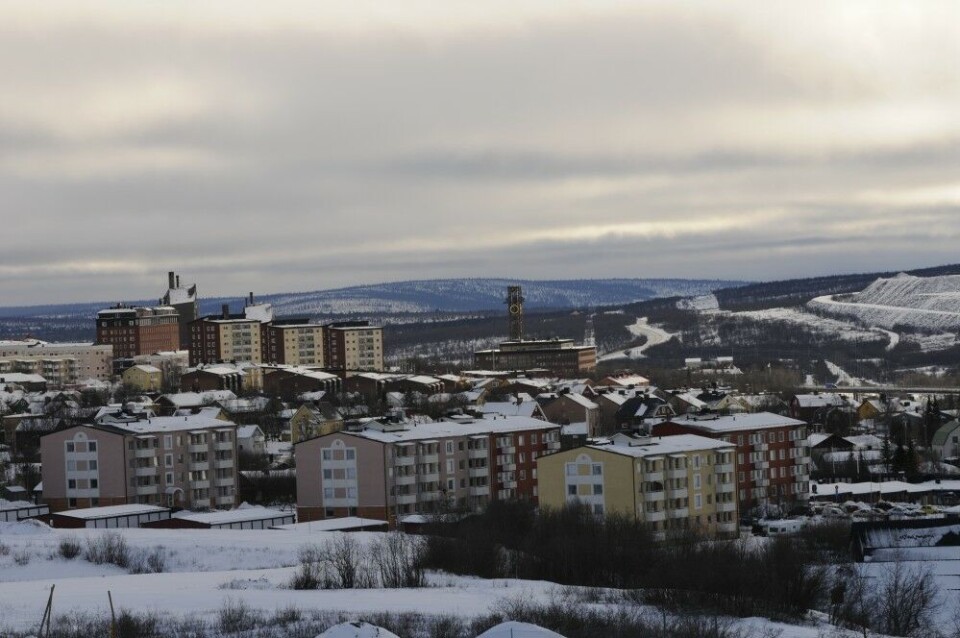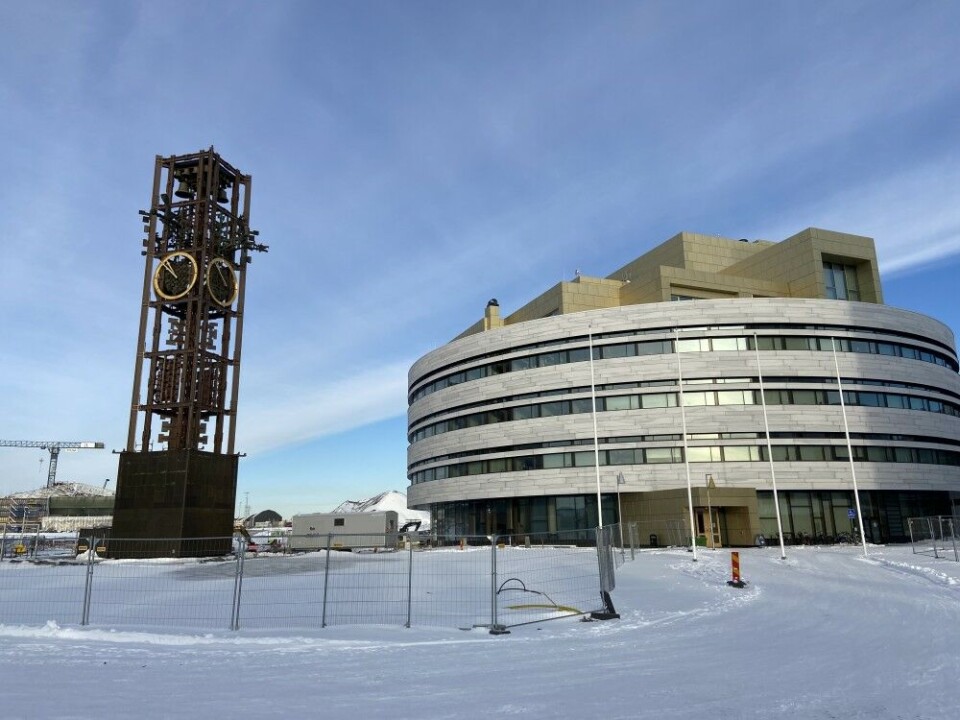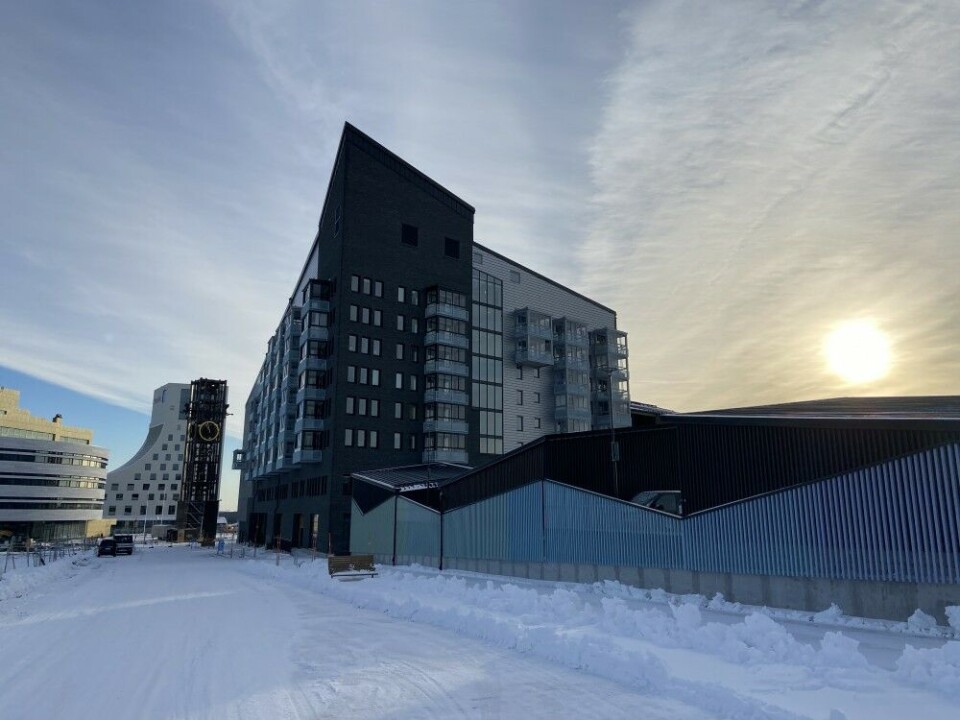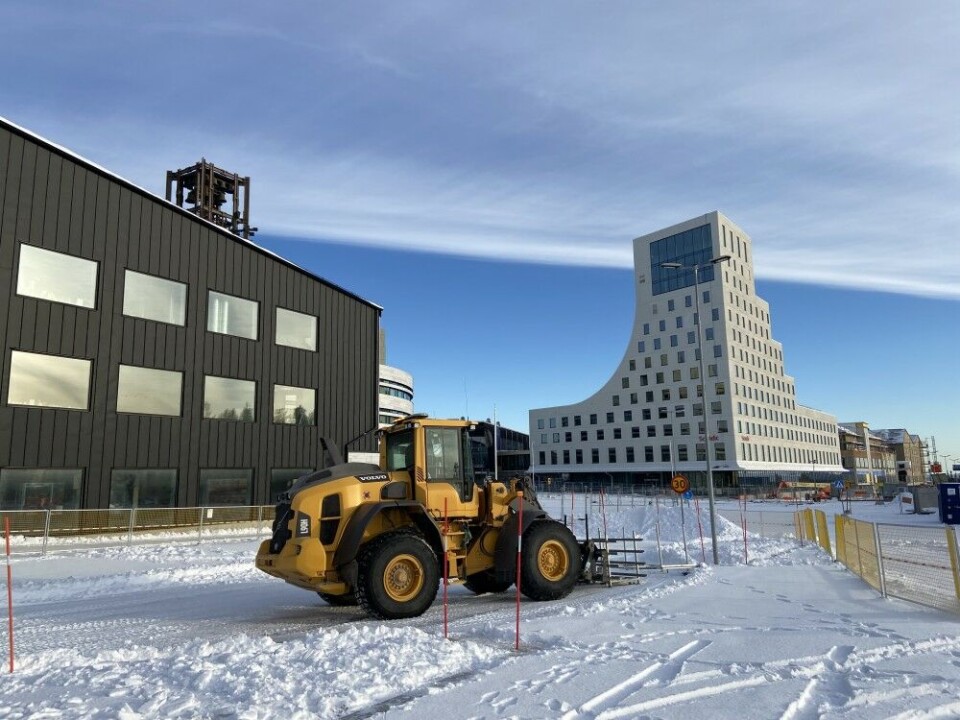Kiruna’s new city center taking shape
The relocation of Kiruna is the biggest urban transformation in northern Europe. Priority is given to sustainability, pedestrians and public transport rather than cars.
Sweden’s northernmost city was once built to house the people working in Luossavaara-Kiirunavaara (LKAB) iron ore company. Over the years, the mine expanded and is today by far the largest iron-ore company in Europe. The underground mining tunnels, however, create cracks that jeopardise existing buildings and one day eventually will swallow the old city centre.
A decision was taken to move the centre and in 2013 architects presented a master plan for a location three kilometres to east. For locals, moving the houses and practically demolishing a larger part of the urban areas came without big protests.
Closing the 120-year-old iron ore mine was out of question. After all, LKAB is still the main source of employment in Kiruna. Also, the state owned company pays for moving the town.
Kiruna has 18,000 inhabitants and some 6,000 people’s homes are affected by the move. So is the centre, including the town hall, municipal offices, the largest hotel, the central square and shops.
Architects have designed the new urban areas with Arctic climate in mind. Narrow shopping streets and tall buildings protect against snowy winds mid-winter.
The new railway station is already opened. This winter, the first 60 apartments next to the new town square are ready and soon the landmark hotel with Kiruna’s first sky bar can welcome its first guests.
Named “The Crystal”, the new city hall hosts the council chamber, service offices for the inhabitants, meeting rooms and exhibition rooms for regional art.
The symbolic iron tower clock, originally built in 1963, was moved from the old city hall to its new location in 2018, marking the first start of construction of Kiruna’s new sky line.

Building a brand new city centre opened for rethinking modern days needs, and architects made plans with greater focus on sustainability and energy efficiency. In open spaces, pedestrians and public transport are given priority rather than cars.
Some of the old wooden buildings are already moved and others will follow. By 2025, church will be moved. The more than 100 years old church is one of the biggest wooden buildings in Sweden.






















